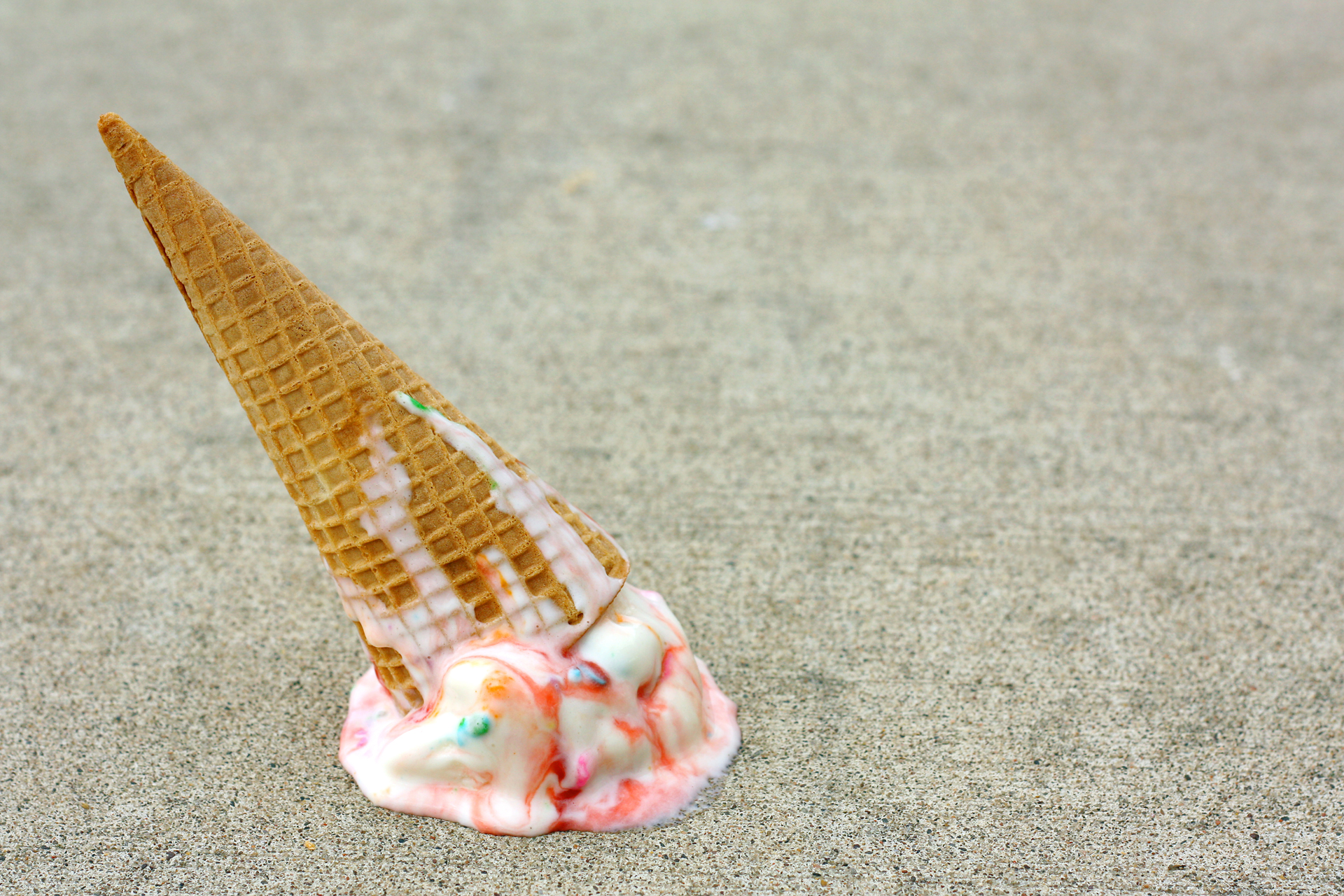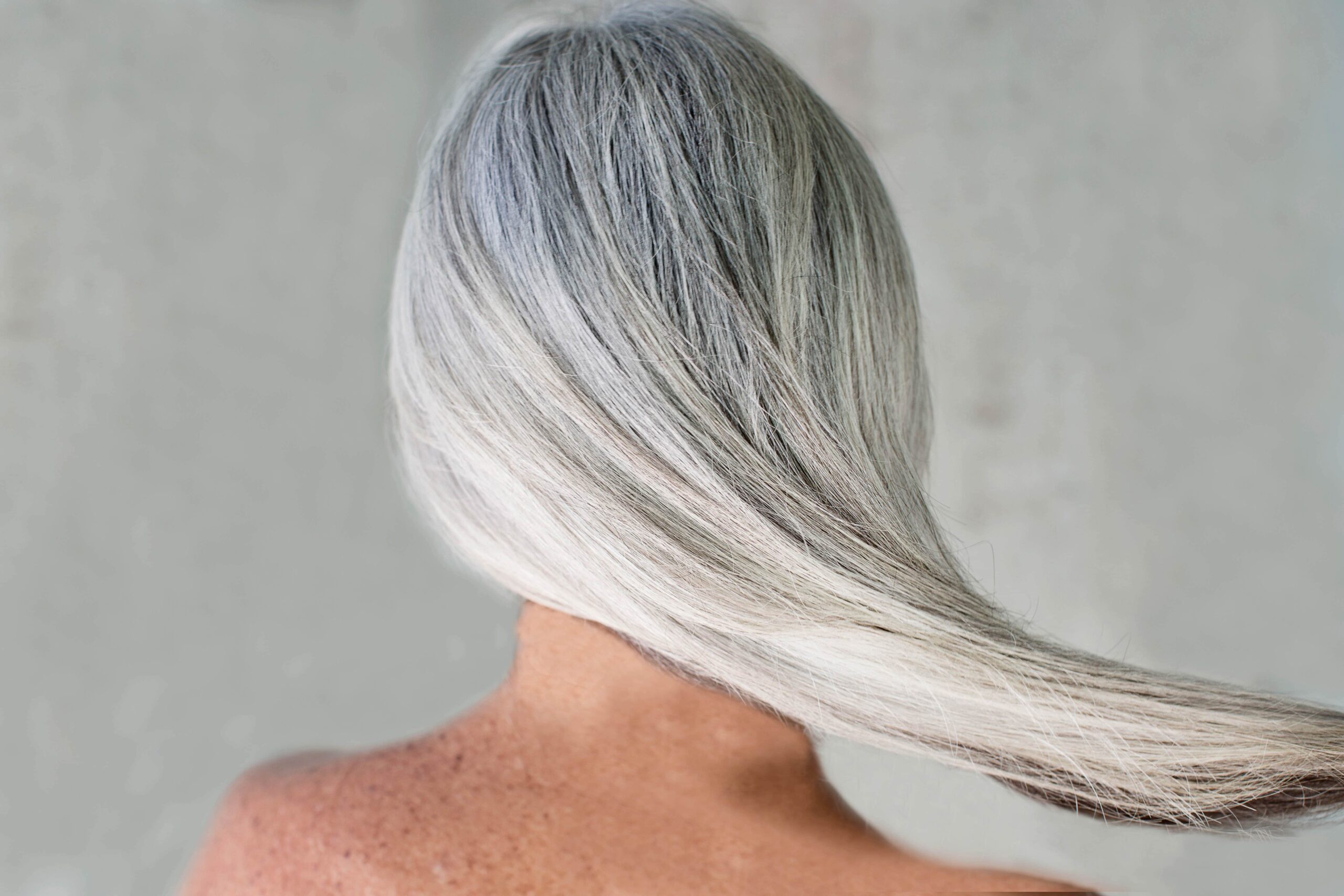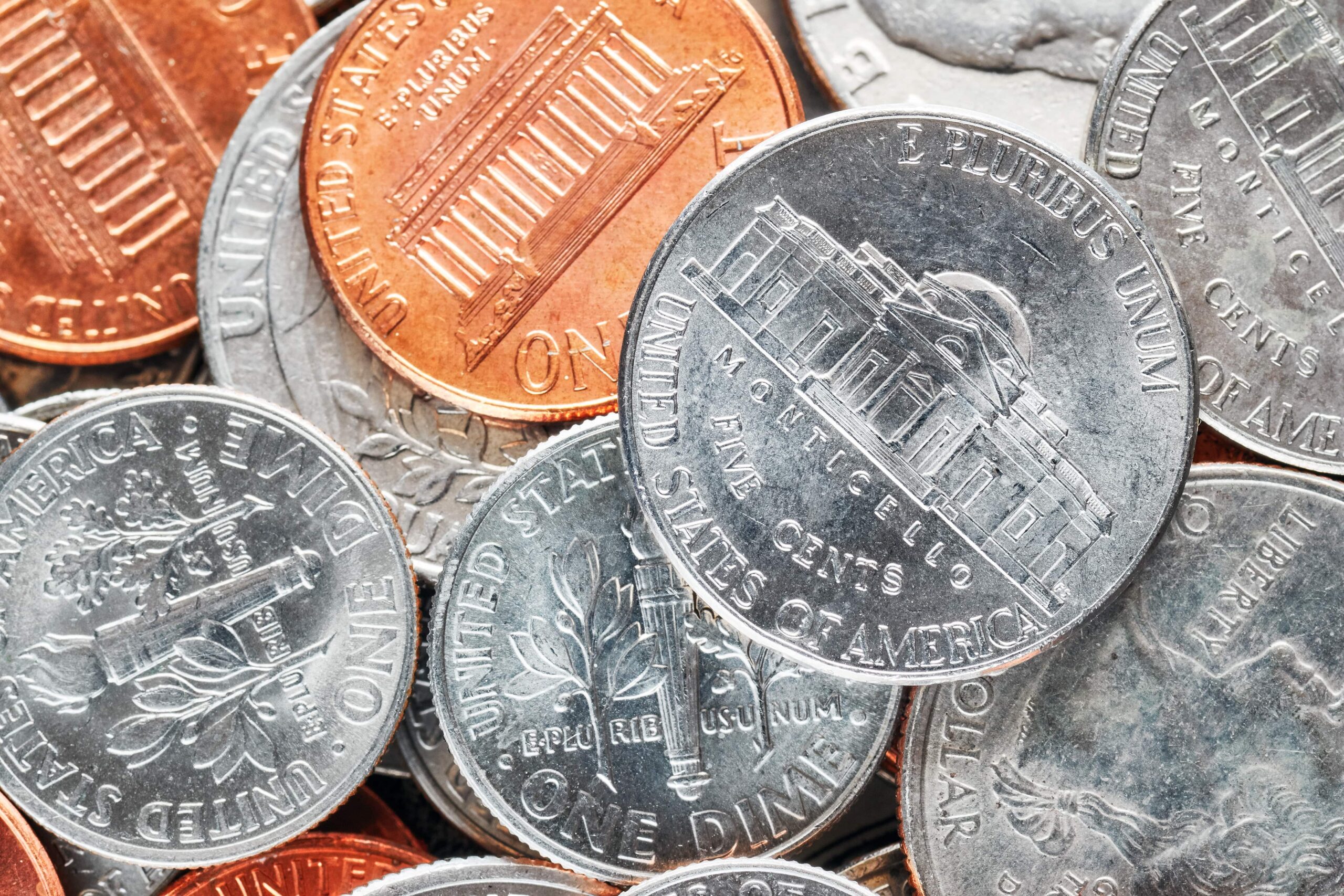Want a smoking hot body? It’s easy–just try menopause!
Oh wait, did I say smoking hot? Just kidding–maybe sticky, sweaty, or boiling hot is more accurate.
Hot flashes give you a hot body, alright–but it’s probably not quite the look you were going for. Typically, your hair is plastered to your skin, your makeup is melting from sweat, your pulse is racing and you’re fanning yourself with your shirt as you contemplate ripping it off altogether.
Hot flashes may be the most common symptom of menopause, with upwards of 85% of women reporting them at least occasionally during the years before and after that last period. They also come in the form of night sweats, which is really just a hot flash in your sleep.
Like many other signs of menopause or perimenopause that pop up when you least expect them (random big black chin hair, I’m looking at you), hot flashes can be annoying and embarrassing.
And since biology doesn’t care about our egos, hot flashes can pop up whenever they choose–like the middle of a business meeting.
But indignity aside, hot flashes can be a major disruption for some women. Beyond this, they can also cause or aggravate other symptoms like sleep and mood issues.
And while we used to think we had a straightforward treatment for hot flashes in the form of hormone replacement, today the picture is less clear. Still, you can learn to understand your patterns and triggers and feel better.
So what exactly are hot flashes, what’s the science behind them, and what can we do about them?
What are hot flashes and night sweats?
If you have (or very recently had) a uterus, congratulations! Your parting gift for having the potential to create life is a no-expenses paid trip through menopause, complete with hot flashes.
A hot flash is pretty much what it sounds like–a (usually brief) spike in core temperature that can cause sweating, flushed or reddened skin, a rapid heartbeat, and sometimes tingly fingers.
They may be one of the first symptoms of menopause, which is technically defined as the 12 months following your very last period. More likely, they’re a sign of perimenopause, AKA the rather vaguely-defined handful of years before and often after that official menopausal year.
Of course, hot flashes are just the beginning–a panoply of symptoms awaits those who embark on this journey.
Other menopause and perimenopause symptoms:
Most menopause and perimenopause symptoms fall into three categories–vasomotor, urogenital, and psychological/mood.
- Vasomotor symptoms affect blood vessel dilation and can include hot flashes, night sweats, migraine headaches, and heart palpitations.
- Urogenital tissues are particularly sensitive to changes in estrogen; the most common complaints are vaginal dryness and occasional urinary incontinence.
- Mood changes including depression, anxiety, irritability, and more.
These three categories represent the “official” symptoms based on physiology; luckily, researchers also recognize the fun doesn’t stop with these. Related categories of symptoms being studied now include a few big ones: sleep and insomnia.
But my friend Tracy never struggled like this!
Inevitably, someone always knows someone who knew someone who sailed through it with the grace of some mythical menopause unicorn, having no symptoms at all.
Guess what: Tracy got lucky. Just as there were those who glowed through their pregnancies with nary a waddle or a snart, you will encounter women whose symptoms are less intense and less enduring–and vice versa. Experiences of menopause and perimenopause vary widely.
In fact, the only real blanket statement one can make about menopause symptoms is “Your Mileage May Vary.”
Hot flashes are no exception–some women get them a few times a month or less, while others get them multiple times per hour. Some experience them for a year–others, over a decade.
How long will I have to deal with these symptoms?
If hot flashes are the first symptom you have, don’t start tossing your tampons yet–55% of women said they started getting hot flashes even before periods started getting irregular. They’ll likely endure through perimenopause and possibly post-menopause.
According to a meta-analysis that included over 35,000 women, hot flashes lasted for an average of four years, but they didn’t occur steadily over that period. In general, symptoms increased rapidly, peaking about a year after the last period and declining gradually thereafter.
Data show there could also be an ethnic component; according to the National Institutes of Health, hot flashes might continue for more years for Hispanics or African Americans, as compared to white and Asian populations.
This IS all just sweat, right?
Hot flashes themselves can be pretty annoying–71% of women report getting them daily, which can be pretty disrupting, even for the few women who don’t routinely sweat through their clothes.
And then there are the night sweats.
You may not relish the indignity of a hot flash in public or at work, but in the end, all that’s hurt is your pride. But being yanked from a sound sleep–drenched in so much sweat you check to make sure you didn’t also pee yourself–can do more to sabotage your wellbeing.
In one study, researchers found that women were five times more likely to wake up while having a hot flash.
Am I going crazy?
Sleep is getting recognized more and more as critical to our wellbeing, and it’s borne out by the data. According to one study, it took four days to recover from a single hour of lost sleep.
Sleep in menopause is complicated, but it doesn’t take a scientific study to tell us that if night sweats are keeping you awake, your general wellbeing can tank. And when that happens, watch out for irritability and brain fog!
Many women fear that sleep loss from night flashes (along with menopause in general) will cause collateral damage in the form of mood fluctuations and cognitive symptoms like short-term memory loss, brain fog, and what’s that other thing? Oh yeah–word recall.
Hot flashes kind of suck, but they don’t have to derail your life. By learning more about why they happen and what your triggers are, you can get some control.
What’s the science behind hot flashes?
While we don’t fully understand the mechanisms responsible for hot flashes, we have a basic understanding of what’s happening.
When your internal thermostat goes haywire
Your body has its own thermostat in order to keep all your parts running at the right temperature. Your “thermoneutral zone” is the temperature range in which you’re not shivering and not sweating.
While it may truly feel like you stuck your head inside an oven mid-hot flash, your core body temperature actually doesn’t increase very much–we’re talking a few tenths of a degree. The issue is that the thermoneutral zone narrows to a much smaller range during menopause due to decreasing estrogen.
In other words, there’s suddenly a very small margin between chilled to the bone and sweating like a pig.
That means it doesn’t take much to push your body over the upper threshold of that thermoneutral “Goldilocks” zone, and from there you know the drill–the sweating, the panting, and the stickiness ensue.
Estrogen doesn’t tell the whole story
We’ve known for a while that menopause involves a decrease in estrogen production, which, among other things, prevents the endometrial lining of your uterus (AKA the stuff you’ve been shedding every month-ish since puberty) from forming.
But what precisely tips off that core temperature shift to send you spiraling, we’re not sure.
Researchers used to think estrogen was directly responsible for hot flashes, but the data don’t back this up. For one thing, it turns out blood estrogen levels don’t change at all during a hot flash. And if it were only related to fluctuations in estrogen, we should see hot flashes in puberty, too–but we don’t.
One theory suggests estrogen instead affects body temperature indirectly, recruiting help from serotonin. Norepinephrine, testosterone, and endorphins have been implicated as well. Most likely, our temperature system isn’t regulated by any particular one of these molecules, but rather a set of complex interactions between all of them.
Are there remedies for hot flashes?
There are many ways to treat hot flashes–few of them are straightforward. As uniquely as symptoms manifest, it may take some trial and error to find what works for you.
Can’t I just take estrogen?
Hormone Replacement Therapy (HRT), typically a combination of estrogen and progestin, is very effective at treating both the hot flashes and vaginal dryness that occur with menopause.
However, taking hormones this way also carries significant risks.
A now-infamous 2002 study, the largest HRT study ever conducted at the time, was halted when it was clear the risks of taking hormones during menopause outweighed the benefits for some participants. Those risks included an increased rate of invasive breast cancer and stroke, among others.
Since then, data have emerged that question those results, but many doubts still permeate the issue of HRT to treat menopause symptoms. HRT has been linked to other forms of cancer, as well as risks of cardiovascular issues and dementia.
Besides those risk factors, many women are unable to use HRT at all, such as those who have, or previously had, estrogen-sensitive cancer.
Are there natural treatments for hot flashes?
There are natural and herbal treatments women have been using for centuries to help with hot flashes.
Black cohosh, red clover, and evening primrose oil are probably the most common herbal remedies for hot flashes. Soy is another potential option, as it is like a plant analog of estrogen; for this reason, don’t use it if you have concerns about taking hormones.
Remember that even natural or herbal remedies can interact with medications or be contraindicated for certain conditions, so always check with your doctor before taking any supplement.
The bottom line
Hot flashes can drive you nuts and can cause other issues, but they don’t have to make you miserable.
Ultimately, you’re the one in charge of your body, and figuring out how to treat menopause symptoms may involve some self-discovery and experimentation. By understanding your own experience and triggers, you can find a way to get back to yourself.
References
Freedman, R. R. (2014). Menopausal hot flashes: Mechanisms, endocrinology, treatment. The Journal of Steroid Biochemistry and Molecular Biology,142, 115-120. doi:10.1016/j.jsbmb.2013.08.010
Hot flashes: What can i do? (n.d.). Retrieved February 18, 2021, from https://www.nia.nih.gov/health/hot-flashes-what-can-i-do
Peacock, K. (2021, February 04). Menopause. Retrieved February 24, 2021, from https://www.ncbi.nlm.nih.gov/books/NBK507826/
Politi, M. C., Schleinitz, M. D., & Col, N. F. (2008). Revisiting the duration of vasomotor symptoms of menopause: A meta-analysis. Journal of General Internal Medicine,23(9), 1507-1513. doi:10.1007/s11606-008-0655-4
Thurston, R. C., Chang, Y., Buysse, D. J., Hall, M. H., & Matthews, K. A. (2019). Hot flashes and awakenings among midlife women. Sleep,42(9). doi:10.1093/sleep/zsz131
Tomasi, D., Wang, R. L., Telang, F., Boronikolas, V., Jayne, M. C., Wang, G. J., . . . Volkow, N. D. (2008). Impairment of Attentional networks after 1 night of sleep deprivation. Cerebral Cortex,19(1), 233-240. doi:10.1093/cercor/bhn073
Westphal, S. (2002, July 09). New data halts largest hrt trial. Retrieved February 19, 2021, from https://www.newscientist.com/article/dn2522-new-data-halts-largest-hrt-trial/
Wilson, D. R., Ph.D. (2018, September 17). Remedies for Hot Flashes. Retrieved February 20, 2021, from https://www.healthline.com/health/menopause/hot-flash-remedies







